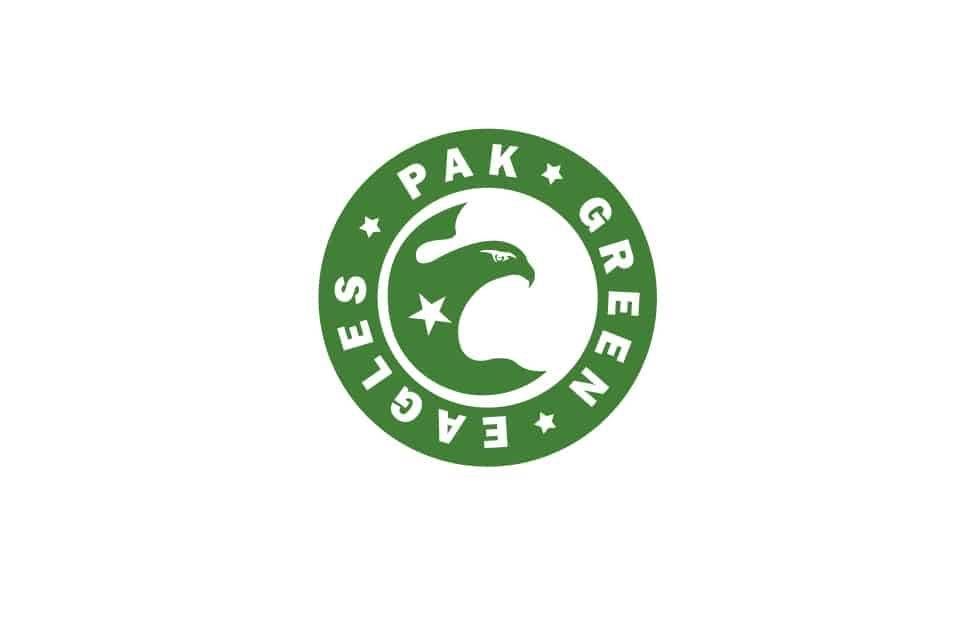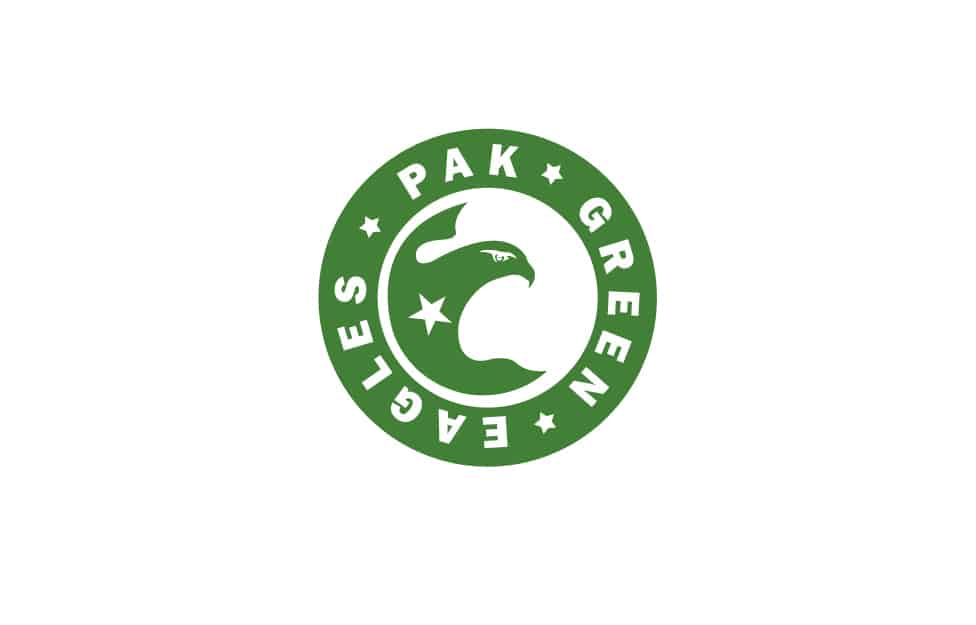
Depending on the actions that the school takes to restructure its resources to prepare for all the potential scenarios, the new reality will have an important impact on the operating, economic and educational model of any educational institution.
The best-prepared institutions will be able to navigate these months of uncertainty in the best way. The key will be to be extremely efficient in all processes without increasing the cost structure. New technologies, educational platforms, and asynchronous programs will be the main tools for schools to structure a winning plan.
How to guarantee that schools are not a source of contagion?
The new face-to-face education will be radically different from what we experienced before this pandemic. The reopening of the school system will imply new challenges in both operational and academic management.
Operational management:
The schools will reopen following a strict hygiene and safety protocol, guided by health authorities at both the local and national levels, which could include physical distancing, temperature controls and frequent disinfection of classrooms.
- The classrooms will have to be reorganized to accommodate desks two meters apart. The materials will have to be disinfected on a recurring basis with times that will depend on the school’s operating scheme.
- School routes will also be expanded to ensure that students have the correct spacing, thereby increasing school bus frequencies. School buses will follow a rigorous hygiene protocol that will review the student’s health conditions before boarding transportation. Probably, and due to the costs associated with multiplying the school routes, some schools will choose to suspend them and ask the parent to be the one who takes the student to school.
- Another option not to increase the costs of the school routes will be for students to go to school only a few days, interspersing the grades so that logistics are possible.
- There will be access to sinks in the corridors and common areas of the schools, with running water and soap.
- Classrooms and areas of common use will be constantly disinfected, especially those that have greater use such as door handles, handrails, bathrooms, among others.
- Events involving more than 10 people will be avoided. Choirs, sporting events, student and parent assemblies will be considered non-essential events that should be restricted.
- Schools will have to make additional investments so that teachers have the correct equipment to teach classes, masks, disinfectants, thermometers and in general everything necessary to comply with the guidelines of the health authorities.
- They will have to make physical accommodations to the school, put different entrance and exit doors for students to avoid crowds.
- Non-essential personnel will not be brought in to fulfill academic instruction, from parents to providers.
- It will be thought of favoring sports that do not have physical contact, such as tennis and gymnastics among others.
- Schools and health authorities must work in coordination to have a system of control and monitoring of potential students who present symptoms or who have been absent and whose relatives may be potentially infected.
- The administrative areas will do remote work since they are not considered critical for the academic management of the school.
Academic management:
- The schools will reconfigure their academic management in order to meet the physical distancing requirements.
- Schools will reduce class sizes to keep students and teachers six feet apart. Depending on the configuration of the room, it may have an average of 8 students when the average was 30, that is, the classroom will be reduced by almost a quarter.
- The class schedule will be extended having longer days, that is, having morning and afternoon sessions. Likewise, there will be staggered schedules for students to enter the school. That is, not all students will enter at the same time to avoid crowds. Each grade or group will have their entry and exit schedules from the school, through different access doors to the school.
- The schools will analyze the teacher roster based on age and health conditions (preexistence and comorbidities) to place them at different risk levels. For example, teachers and academic coordinators, over 55 years of age, with pre-existing medical conditions, will not teach classes since they would have a higher risk of medical complications in case of contracting the virus.
- This is really worrying if we understand that 50% of teachers in Colombia are over 50 years old. Here the schools will reassign roles and functions for teachers who present a higher level of risk of teaching face-to-face classes and will surely be assigned to support distance education.
- Therefore, schools may have to hire more teachers to avoid reducing instructional time and to be able to operate more classrooms spread over a longer school day.
- Teachers will probably not be able to meet in staff rooms to avoid crowds and will have to reconfigure their offices to meet minimal physical distancing.
- Schools will constantly need to review the health status of their students to understand how to distribute student classrooms by risk groups based on age and health status.
- The students who have symptoms will be returned home for periods of 14 days to verify that do not carry the virus. Based on this, a paradigm will be changed and it is that the student’s absenteeism would be rewarded if he presents any symptoms, all this in order to protect the student community and that the school does not become a source of infection.
- Regarding curricular topics, it will surely focus on the essential aspects of education and within them on key competencies and skills, this due to the limited time of face-to-face instruction. Instruction in this new normal will be measured not by weeks but by hours received.
- Regarding evaluation, it is recommended to put rankings aside and focus on evaluating where the student should be and where he is, to understand “gaps” and focus education on filling those gaps detected.
- This academic reconfiguration will also involve the combination of face-to-face and virtual education. The student will receive the greatest academic load through virtual means at home and will go to school to interact with few students and receive reinforcement in the key areas of the curriculum.

Crafting words to inspire, engage and motivate. 10+ years of content writing, SEO, digital marketing and blogging experience. Ready to help your brand reach its potential!

